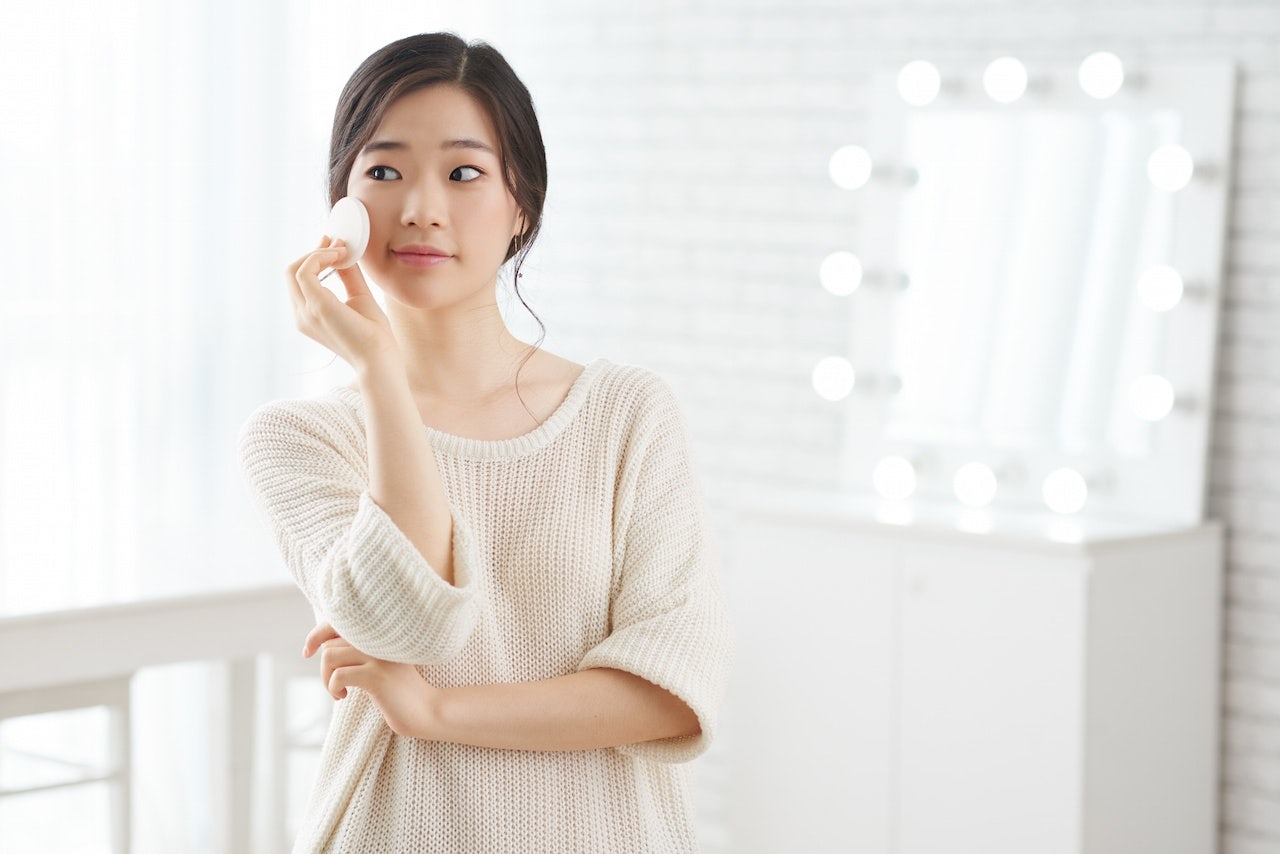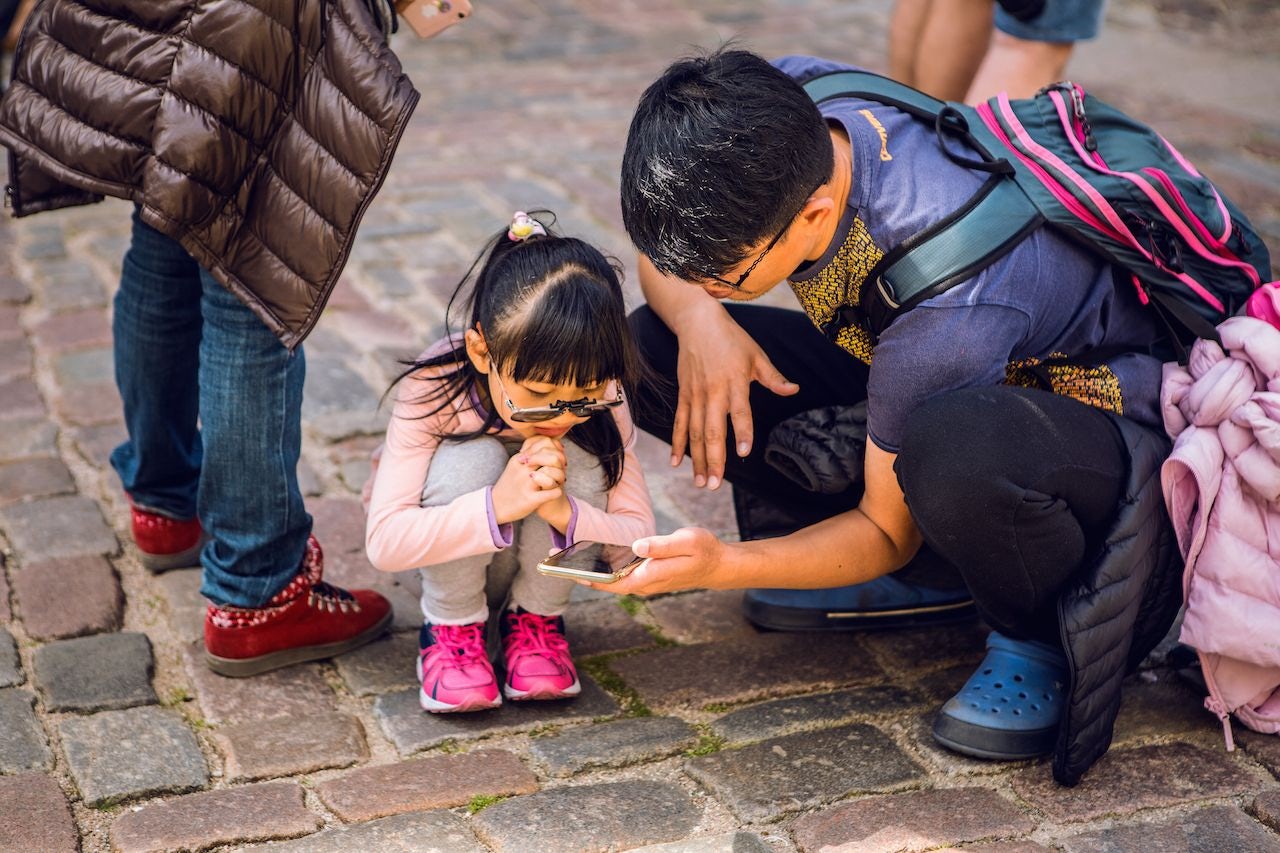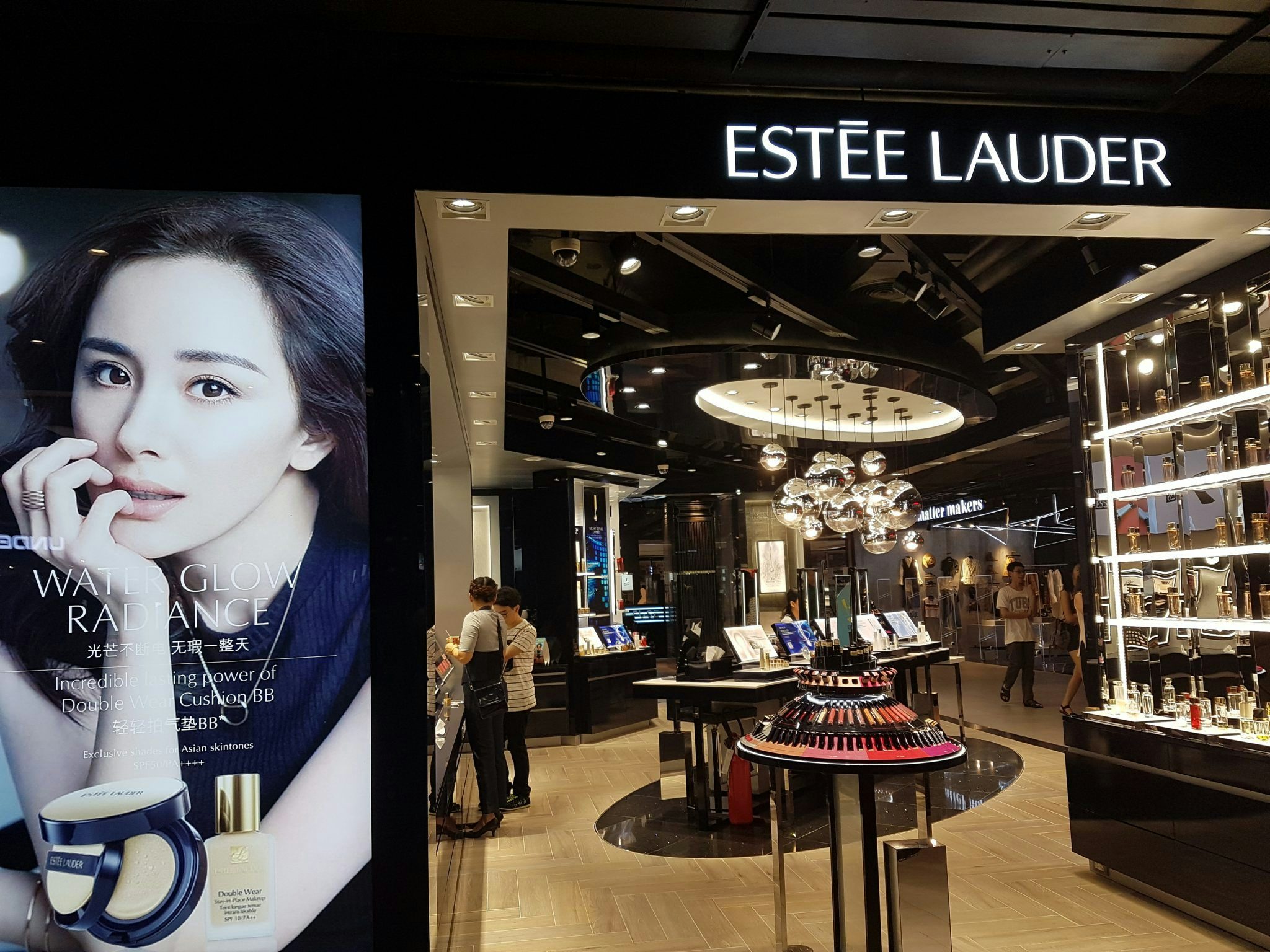“Anti-aging only works when you start early,” said Fan Fan, a 25-year-old HR manager who lives in Beijing. It's the secret to sustaining her baby-smooth skin. She spent half of her 4,000 RMB monthly salary on her very first anti-aging purchase, a 75ml bottle of Advanced Night Repair serum from Estée Lauder. She was 22 years old.
“I know it’s a bit pricey, but at least this is a better investment than a Louis Vuitton bag,” she said. Fan told us she is not alone, with many of her young professional female friends dropping 20-40 percent of their annual salary on high-end skincare products such as SK-II, Clé De Peau, and La Mer.
Women from 20 to 29 spent 2.6 times more last year than they did the previous year on eye gels and creams, according to a joint report by Kantar and Tmall. Women in their 20s have become the biggest consumers of cosmetics and skincare, spending more than older women with higher disposable incomes.
Compared to previous generations, Chinese 20-somethings are less hesitant to spend, though they expect real results from their purchases, considering them investments. Fan said young Chinese women nowadays value health-related products over branded luxury goods. The data from Kantar report showed their investment in skincare and cosmetic was significantly higher than what they spent on handbags priced at more than 1,000 RMB.
In the West, skin texture and radiance are more important than wrinkle prevention. According to Mintel, the anti-aging sector in the US has seen a continuous decline, with sales falling from 2.2 billion in 2010 to 1.9 billion in 2015.
Young Chinese women, on the other hand, are more focused on preventing damage to their skin rather than treatment. The common mentality of ‘starting early’ shared among young Chinese women has certainly rejuvenated many high-end beauty brands’ business.
China is Estée Lauder’s third-largest online market, just behind the United States and the United Kingdom. In 2017, the group saw 40 percent growth in China, compared to a global sales increase of nine percent. They attributed much of this stunning growth to their presence on Tmall. “The main purpose of selling on Tmall is to discover an interactive approach to speak to young consumers,” said Estée Lauder’s head of e-commerce.
For La Mer, one of the high-end skincare brands owned by Estée Lauder, a Tmall store has helped the brand reach consumers who are on average fives years younger than their other buyers, with many of those living in second or third tier cities that have no access to La Mer retail stores.
Introducing unique millennial celebrities is another approach skincare brands employ to reach young consumers. Last October, SK-II announced post-90s singer Dou Jingtong as their brand ambassador, and had her promote their facial treatment essence, a product to enhance the skin’s natural rejuvenation process. It was implied that Dou’s chopped bob and face tattoo were representative of new attitudes from Chinese millennials, many of whom are eschewing traditional gender roles and perceptions of beauty, despite their continued investment in anti-aging cream to fit a particular standard of beauty.
Fan tried to convince me that the return on investment of high-end skin care products is high. “The earlier you start taking care of your skin, the less worried you will be when you grow old,” she said. “I’m in this for the long haul.”


